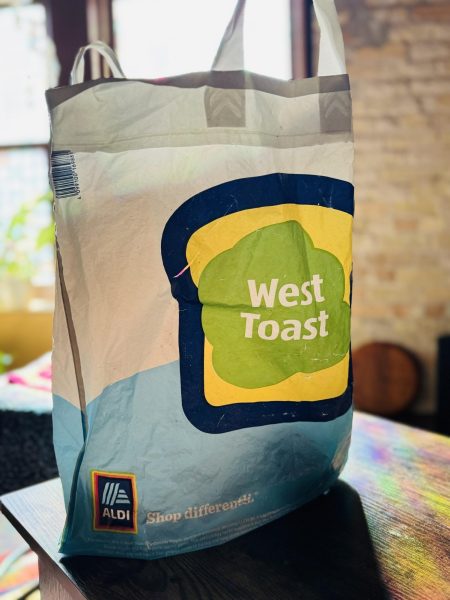DS View: Free-to-pay
I’ve learned much about how to be an aware, sensitive, interested individual from watching Trey Parker and Matt Stone’s fantastically satirical TV show “South Park.”
The episode “You Have 0 Friends” pointed out to me the subtle ridiculousness of much of the Facebook culture our generation thrives in.
“Goobacks” illustrated for me the doomed mindset of the ignorant xenophobes who would rather make someone feel miserable than cheering themselves up.
And “Go Fund Yourself,” the show’s satirical two cents on Native American logos in professional sports, was the single most intelligent, on-key 22 minutes of television I’ve ever seen.
Last week, South Park addressed “freemium” mobile games — the ilk of Farmville, Candy Crush and Clash of Clans — and the dark corporate strategies involved in exploiting the weakness of gambling addicts to make money from them.
Everyone knows the simple idea behind free mobile games: The game is cheap to make, it’s simple to play and it makes its money from various in-app purchases and maybe some ads.
Unfortunately, as the “South Park” episode proposes, that’s not actually the whole truth behind many game developer money-making strategies.
It starts sinking in that your mobile games aren’t as innocent as their animated characters seem when you read that a majority of users who play these free games never utilize the in-app purchase options.
So how do these game developers make money if only a few people ever use the in-app purchase options? The answer: Those few people that do spend, spend a lot — not because they love the game so much, but because they’re addicted to it.
Though I couldn’t find a whole lot of verifying information online, I have a feeling this episode will spark interest in a larger community to start producing some primary literature on the topic to see if what the episode suggests about the strategies of game developers to make money is true.
As the episode suggests, most of these games are deliberately geared to hook those with addictive personality disorders.
VentureBeat summarizes the freemium strategy in five easy steps: Entice the player with an easy game loop; compliment the player with flashy casino slots-like rewards and graphic; train players to spend in-game currency; offer players the chance to spend real money for in-game currency; then make the game about waiting, but let users pay to avoid waiting.
Just like that, you can describe almost any popular mobile game in the app store.
Coupled with statistics suggesting that only a small number of gaming addicts fund the whole operation, harvesting virtual corn doesn’t seem quite so fun.
The argument on the other side will say that if people want to spend thousands of dollars on a game, why is that the responsibility of the developers to stop them? And that’s a good point.
But if it’s true that developers know they’re going to make their money from addicts while they’re making the game, the flashy interfaces seem less like simple time-killers and more like heroin-pushing advertisements.
Will Beaton is the Editor-in-Chief of The Dakota Student. He can be reached at [email protected].











